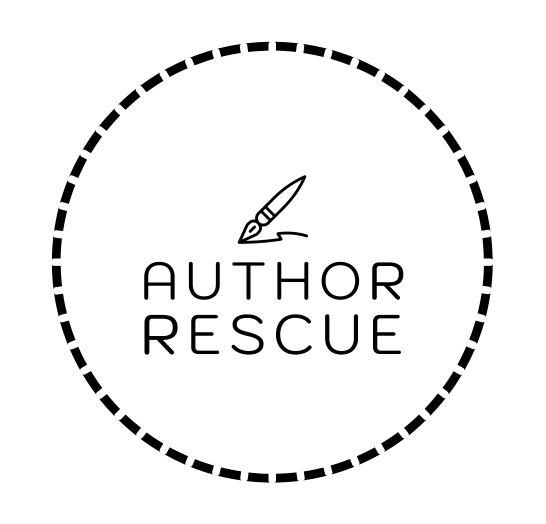This post is now a podcast episode! I’ll embed a link as soon as it’s live, but in the meantime you can learn more about the podcast in this post or see what’s already available on the Podcast page in the navigation menu.
I think we all love books that have maps and effortless infrastructure, but how do we make them for ourselves? Here are a few steps to take when worldbuilding.
Step One: Consider the setting of planned scenes
We can take a tip from screenplay writing, where every time the scene changes, you have to declare it before the following dialogue. Usually it includes whether it’s interior or exterior, plus a brief description of the scene. Perhaps most importantly, if you return to a scene, that heading must remain the same as the first mention. We can translate this to other forms of storytelling, stringing together scenes on a mental map of each scene’s location in relation to other locations.
So when you’re writing, start by setting the scene in your mind and how you’re transitioning between them. Does the main character start in a coffee shop and then walk back to their apartment? Diagram what they pass on their way home; if there’s a curiosity shop, do they look through the front window? Is it a habit of theirs to notice the changing window displays of the bakery they pass, prompted by the smells filling the air? By laying out the transition between scenes, it opens doors to sensory details that can infiltrate your writing and make the setting more three-dimensional instead of just somewhere for your characters to be.
Step Two: Consider background characters
There are inevitably background characters in our stories, unless the main character is on a solo quest through the wilderness or something similar, and even though it isn’t necessary to describe each one in detail, consider how they’re inhabiting your setting. If you’re in a city, how do all of the background characters move throughout it? Is there public transportation of some kind? If it’s a densely populated city, it implies the existence of jobs or other purposes for these characters to be there. Where do they work? What do they do in their free time?
By asking these questions, it opens the narrative for extra worldbuilding details. Maybe you need the main character to meet a side character in a public place. If it needs to be busy with activity, then you need to consider why the background characters are in that setting or else it becomes too convenient for the suspension of disbelief all readers are looking for. If it’s a fantasy setting, you might have to make a lot of these decisions from scratch, which holds a potential for extra details that can be added to the narrative.
Important writing advice is to know the iceberg, but write the tip. All of the details that you consider beforehand will bleed into your writing naturally. It can also help fill in unanswered questions that you, as the author, have for your story. Your outline might need somewhere to hide the villain so that the protagonist chances across them without revealing who they are, so examine how the background characters will be naturally moving through your story. By doing this, you’ll find nooks and crannies for the villain to occupy without alerting your readers. Back to the suspension of disbelief, you’re looking for the story to proceed organically, which can only be done if you sell all of the moving parts happening around your POV.
Step Three: Write with conviction
This seems like obvious advice, but if you find your story feels listless and flat then it will be extremely obvious to your readers. However, if you have a map (formal or otherwise) and all of the details of your settings firmly in your mind while you’re writing, your readers will feel it through your writing. Ideally, you should feel as if you’re describing scenes instead of actively inventing them as you write. So take the extra time to get to know your setting and then lower your characters into your world to integrate and interact with the world you’ve already built beforehand.
Designing characters can be done in the same way (more on that in this post), take the time to build them before you write and then when you’re writing, describe your existing character. It will feel more natural for you, which will make it feel more natural for your reader. When in doubt, step back from the scene and establish the details independent from the narrative. Then, try it again and describe your plot within the context of the environment, it will make the writing easier and in all likelihood it’ll unstick your scene. Write with conviction and your readers will believe you.
In Conclusion
Designing maps and infrastructure takes time and a lot of thought and consideration, but filling in the space around your characters with rich details means that your readers will absorb them via your characters. Doing this can really sell your scenes and contribute to the suspension of disbelief that all stories need to function.
What about you? Have you designed any maps or fictional infrastructure? If you had to design a city from scratch, what would you fill it with? Let me know in the comments! And if you don’t want to miss out on any Author Rescue content, join the monthly newsletter!
-Katy

